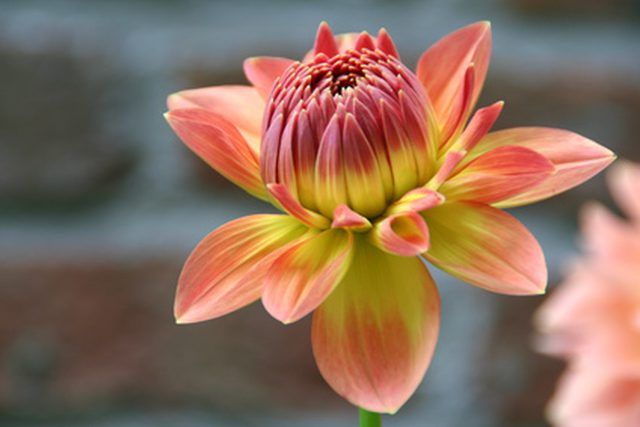Bulbs
Flower Basics
Flower Beds & Specialty Gardens
Flower Garden
Garden Furniture
Garden Gnomes
Garden Seeds
Garden Sheds
Garden Statues
Garden Tools & Supplies
Gardening Basics
Green & Organic
Groundcovers & Vines
Growing Annuals
Growing Basil
Growing Beans
Growing Berries
Growing Blueberries
Growing Cactus
Growing Corn
Growing Cotton
Growing Edibles
Growing Flowers
Growing Garlic
Growing Grapes
Growing Grass
Growing Herbs
Growing Jasmine
Growing Mint
Growing Mushrooms
Orchids
Growing Peanuts
Growing Perennials
Growing Plants
Growing Rosemary
Growing Roses
Growing Strawberries
Growing Sunflowers
Growing Thyme
Growing Tomatoes
Growing Tulips
Growing Vegetables
Herb Basics
Herb Garden
Indoor Growing
Landscaping Basics
Landscaping Patios
Landscaping Plants
Landscaping Shrubs
Landscaping Trees
Landscaping Walks & Pathways
Lawn Basics
Lawn Maintenance
Lawn Mowers
Lawn Ornaments
Lawn Planting
Lawn Tools
Outdoor Growing
Overall Landscape Planning
Pests, Weeds & Problems
Plant Basics
Rock Garden
Rose Garden
Shrubs
Soil
Specialty Gardens
Trees
Vegetable Garden
Yard Maintenance
How to Grow Dahlias Indoors
How to Grow Dahlias Indoors. Dahlias are popular perennial landscaping plants because of their beautiful foliage, bushing nature, and their showy blooms. Originally native to Mexico, Central America and Columbia, dahlias grow to 3 to 4 feet tall in the garden, and sport a wide variety of blossom sizes and colors. From the small button sized pom pom...

Dahlias are popular perennial landscaping plants because of their beautiful foliage, bushing nature, and their showy blooms. Originally native to Mexico, Central America and Columbia, dahlias grow to 3 to 4 feet tall in the garden, and sport a wide variety of blossom sizes and colors. From the small button sized pom pom varieties to the large dinner plate sized varieties, dahlias come in colors ranging from white to red and everything in between with the exception of green and blue. While dahlias can grow large when planted in the yard, with care and pruning dahlias can be grown indoors as well.
Things You'll Need
Dahlia tubers
Containers
Bleach
Knife
Drill with 1/8 inch bit
Soil-less potting mix
Biodegradable coffee filters
All-purpose fertilizer (5-10-5 or 5-10-10)
Garden stakes
Garden ties
Planting Preparation
Divide the tubers using a sharp knife, cutting carefully to ensure that at least one eye and one tuber is attached to each piece. Shoots emerge from the eyes, which are not in the tubers, but on the crown. To determine where the eyes are, place the crown and tubers in a shallow pot with a moist soil-less gardening mix for one or two weeks; shoots that begin growing from the crown are the eyes.
Wash all containers thoroughly with a diluted solution of one part bleach to ten parts water in order to kill any organisms that may inhibit dahlia growth or cause infestations or plant disease. Let dry.
Drill holes in the bottom of the containers if they do not have plenty of drainage. The containers must be at least 8 inches wide, but preferably 12 inches wide. Pots that are wider than they are tall are best for dahlias.
Cover the bottom of the pots with one to two layers of coffee filters, to keep soil from draining from the pot, and to keep insect pests from invading your pots.
Fill the containers with moist potting soil until 1/3 full.
Planting and Growing
Place one to three tubers with crown eyes in the center of each pot, making sure that the sprouting eyes are facing upward. Cover tubers with potting mix until barely covered. If the eyes have already begun to sprout, do not cover the sprout entirely with soil.
Add more potting soil to the containers as they grow, making sure not to cover the shoots. After a couple of weeks, the dahlia tubers will begin to grow grow leaves.
Water lightly. Every week or so add more soil and water lightly, allowing to dry out to a depth of 1 inch between watering.
Stake the dahlia when stems are 6 inches tall. Push stakes down firmly into the container, avoiding the tubers. Tie the stems loosely to the stakes with plant ties.
Fertilize the plants with an all-purpose fertilizer every three to four weeks during the growing season.